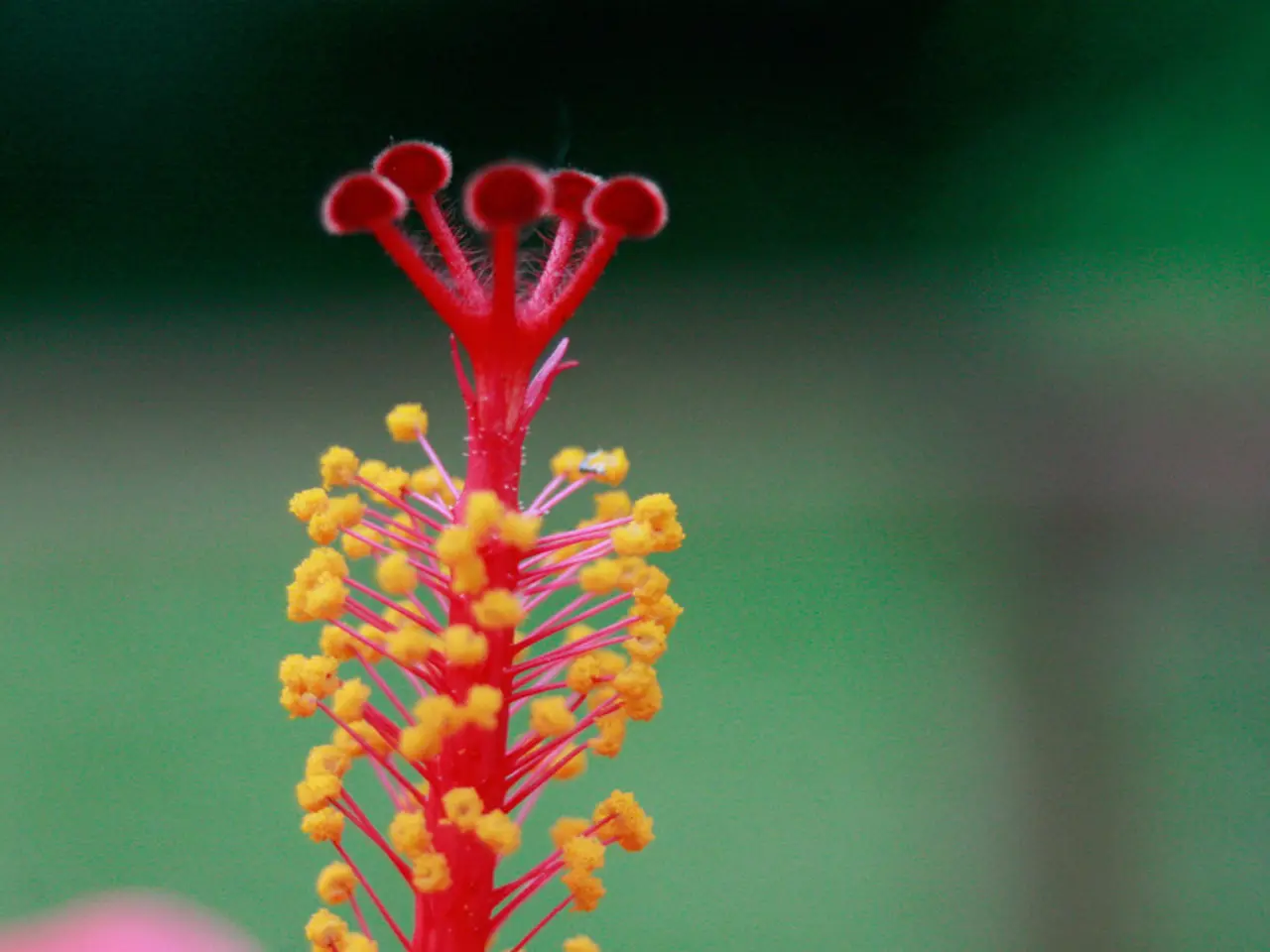Nipple Acne: Understanding Causes, Symptoms, and Remedies
Nipple pimples can be a common and sometimes worrying concern for many individuals. While they may appear similar to acne on other parts of the body, the causes and treatments can vary. This article aims to provide a clear and concise guide on the common causes, treatment approaches, and when to seek medical advice.
Nipple pimples often result from clogged pores due to sweat, oil, germs, and debris. This is similar to acne on other parts of the body, as oil-producing glands become inflamed. Another common cause is ingrown hairs, where hair follicles around the nipple can become blocked or hairs may grow inward, causing pimple-like bumps.
Less commonly, bumps could signal more serious conditions such as breast cancer, especially if accompanied by nipple changes like inversion or discharge. In such cases, medical evaluation is advised.
For pimples from acne or ingrown hairs, maintaining good hygiene is crucial. This includes keeping the area clean and dry, gentle cleansing, and avoiding excessive friction. Over-the-counter acne treatments might be used, but persistent or severe cases may require medical intervention, such as prescription medication or low dose antibiotics.
Nipple dermatitis or eczema, characterized by itchy, dry, inflamed bumps, can be caused by irritants, friction from clothing or exercise, breastfeeding, or exposure to soaps and chlorine. Avoiding irritants and using moisturizing creams or topical steroids prescribed by a doctor can help reduce symptoms.
If a bump is suspected to be infected or does not improve, medical consultation is necessary to rule out other conditions and to get appropriate treatment.
In addition to these common causes, acne can also occur due to dead skin cells and sebum buildup. Milk blisters, common in nursing mothers, can be treated by nursing frequently, emptying milk ducts, and maintaining proper hygiene. Hormonal changes, particularly during the menstrual cycle, can also cause acne.
In rare cases, a condition called acne conglobata can cause pimples on the nipple. Friction from clothing and poor personal hygiene can also contribute to the development of nipple pimples.
It is essential for anyone with an unidentified, painful bump on or near their nipple to see a doctor, as serious conditions such as breast cancer and abscesses can develop in both men and women. Bumps that change shape, appear alongside other lumps, or if there are other changes in the nipple or breast tissue, may be a sign of breast cancer, and a person should consult a doctor as soon as possible.
A pimple on the nipple could also be a sign of a yeast infection, characterized by a skin rash, redness, itchiness, and the appearance of pimples. Yeast infections can be treated with antifungal medications.
In conclusion, maintaining good hygiene, wearing clean, loose-fitting clothes, and regular body washing, especially after sweating, can help prevent nipple pimples. Persistent or unusual symptoms warrant professional medical evaluation.
- Just as acne can be caused by dead skin cells and sebum buildup on other parts of the body, it can also develop due to the same factors on the nipple, necessitating good skin care and hygiene.
- While nipple pimples from acne or ingrown hairs can usually be managed with over-the-counter treatments and good personal hygiene, it's crucial to seek medical advice if the bump becomes infected, changes shape, or is accompanied by other signs of medical conditions such as breast cancer or yeast infections.




